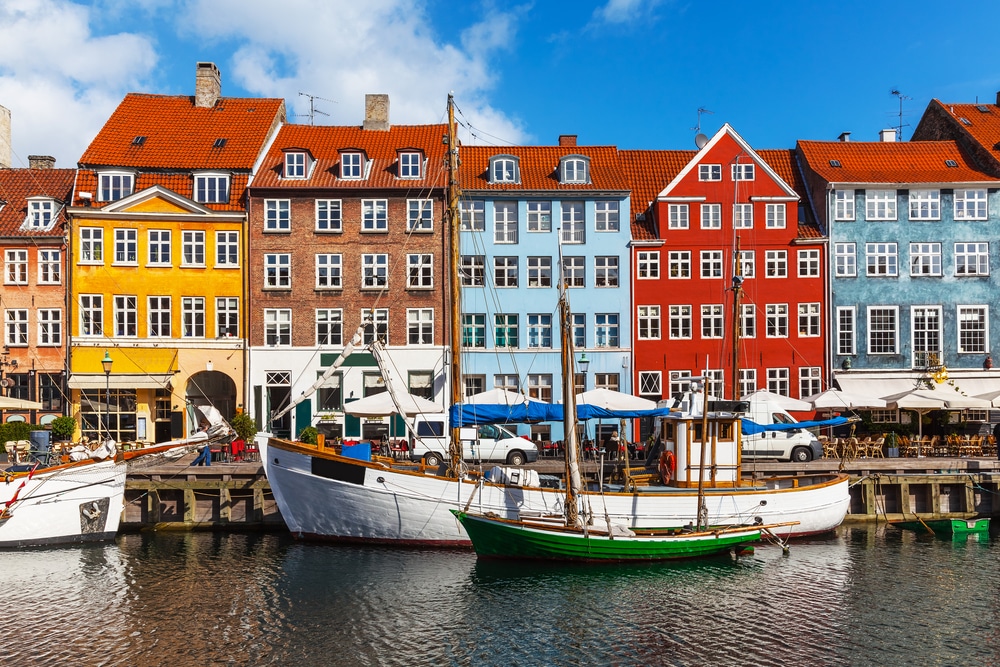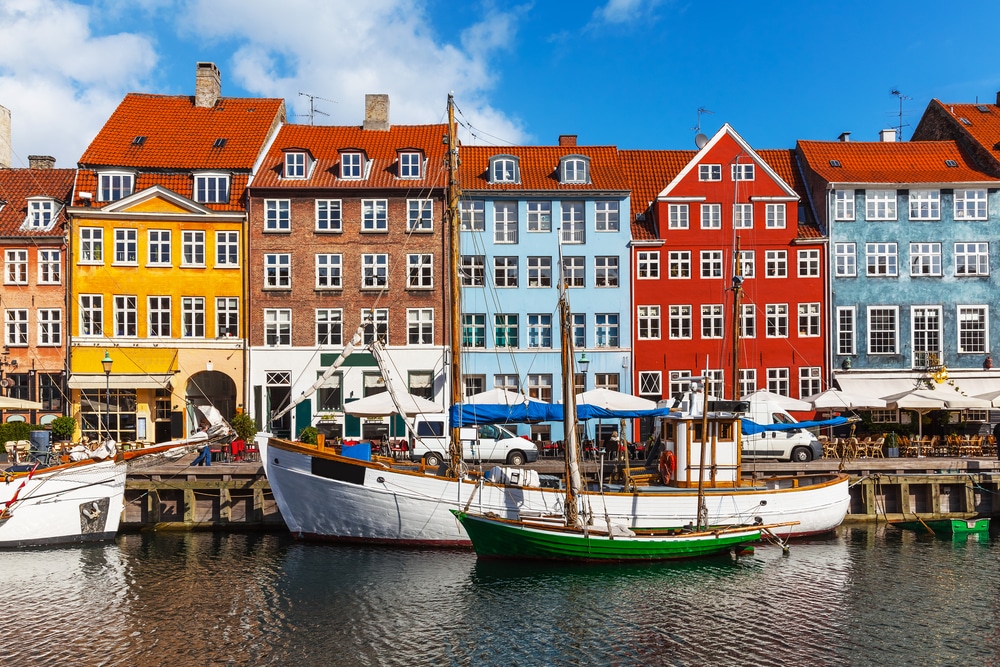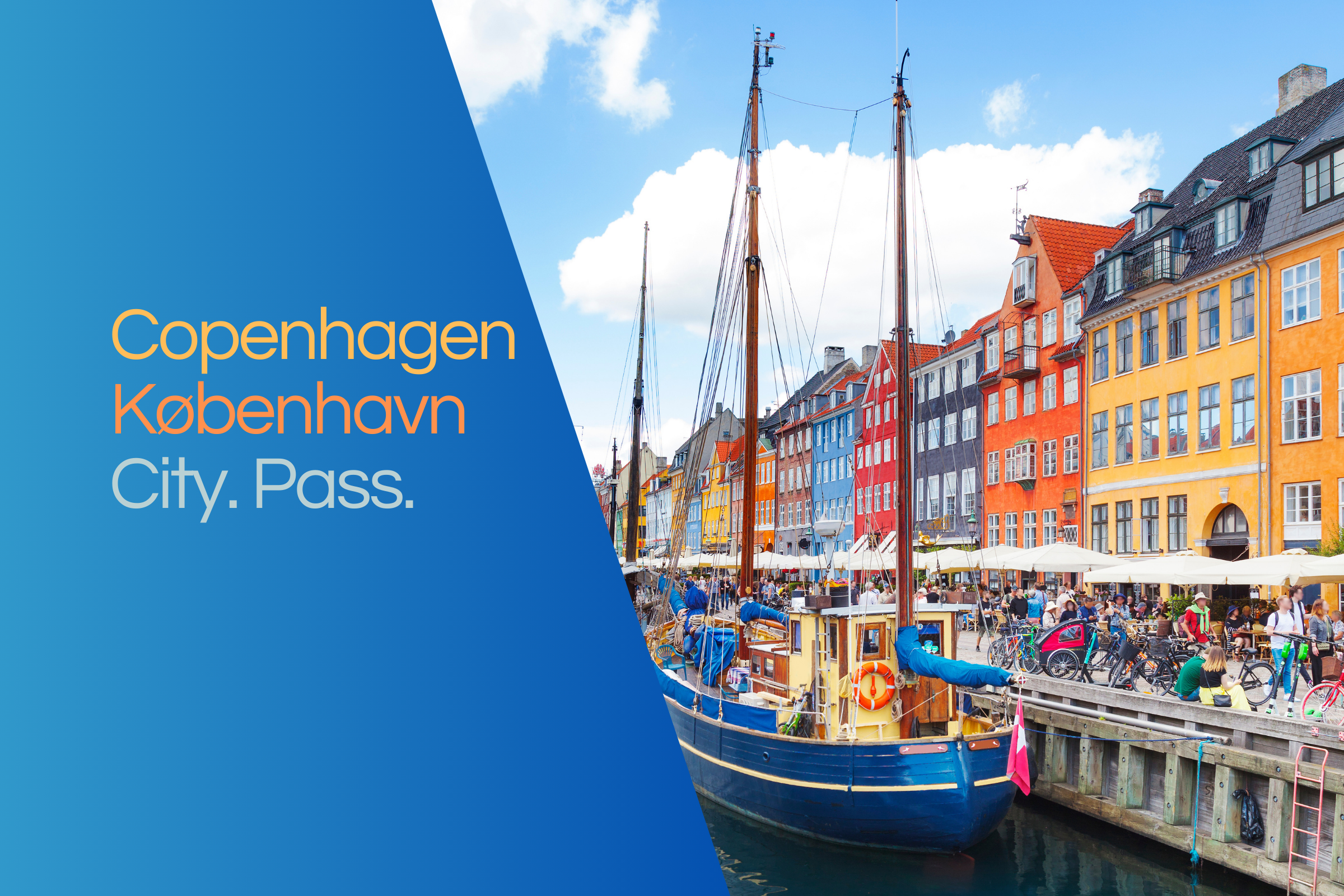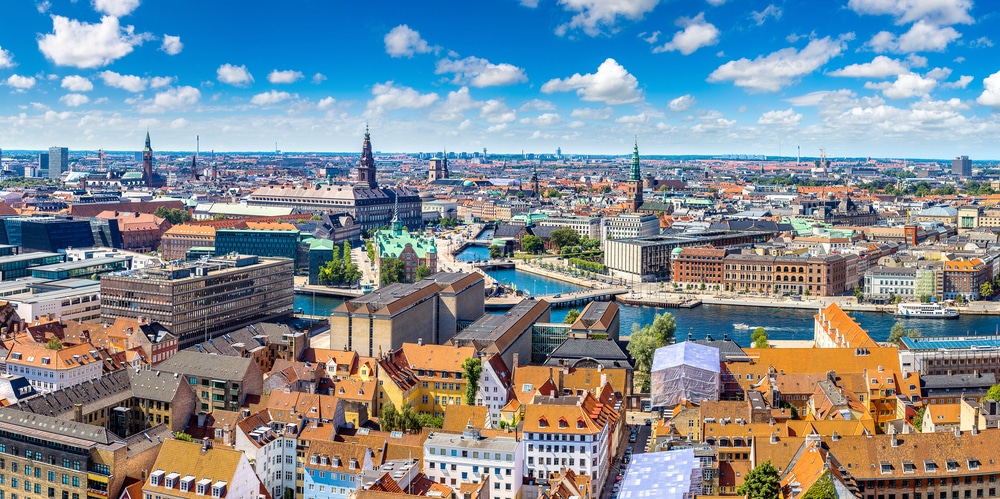- Home ›
- Denmark ›
- Copenhagen
Transportation in Copenhagen
Subway
Copenhagen's metro is one of the most modern metro lines in Europe. The 37 metro stations were designed by renowned architects. Thanks to a special construction method, daylight even reaches the subway platforms, which are 20 meters below ground. Each station is a sight in itself and is also extremely clean. Incidentally, the subway trains are driverless. They are operated by a central control system.
The four metro lines run around the clock. The trains run extremely punctually. You will notice that you never have to wait more than 5 minutes for the next train. At night, the modern trains run every 15 - 20 minutes. All metro stations are wheelchair accessible and have elevators and escalators.
When arriving at the airport, use the M2 line to get to the city center of Copenhagen.
Buses
There are many buses in Copenhagen. The route network is clearly laid out. You can recognize the coloured lines by a number in combination with a letter. Tourists should use the red A buses, as they run at short intervals and stop at many bus stops. The city buses on line 11A run every four minutes and stop at the most important sights in Copenhagen. The advantage: Copenhagen's buses are electric and can therefore travel through parts of the old town where otherwise only pedestrians and cyclists are allowed. What's more, they are particularly environmentally friendly and extremely quiet. Night owls use the buses on the "N" line. They run through the city center of Copenhagen every night until the early morning.
Ferries
Bright yellow ferries, the so-called Havnebusser, sail through the port of Copenhagen. The popular water cabs connect the north of Copenhagen with the towns in the south of the city. The harbor buses run every half hour from Monday to Friday and every 45 minutes at weekends. The ferries are also popular with tourists, and as local transport tickets are valid on them, they offer inexpensive round trips along the harbor. During the round trips you get a wonderful view of Copenhagen and can take some souvenir photos.
S-Bahn
The S-Bahn consists of seven lines with over 80 stops. The inner-city main line runs from Hellerup to Copenhagen Central Station in the city center. Trains run every ten minutes. In addition, the S-Bahn network has several express lines that efficiently connect the north-western suburbs with Copenhagen's city center. This shortens the journey time considerably, which is a considerable advantage for commuters in particular.
Timetable and travel information
A travel planner is available as a website and as an app for all public transport in Denmark. You can search for connections and receive real-time updates on delays or disruptions.
- Website in English, German and Danish: https://www.rejseplanen.dk
- App for iOS: Rejseplanen
- App for Android: Rejseplanen
Tickets and fares
Copenhagen's public transport system is divided into different fare zones, from which the ticket prices are derived. The fare zones in turn have different validity periods. Holidaymakers usually buy a local transport ticket for zones one and two. The stops in the two fare zones ideally cover all of the city's major sights. Incidentally, the ticket can be used for all means of transport and is available for either one or three days. There are also single or season tickets. The season tickets can be used for ten journeys.
The great advantage of buying a public transport ticket is that it can be used without restriction, limited only by the specified period. As long as the ticket is valid, all lines in the selected zone can be used. The zones outside the city center have a longer validity period than the zones in the city center. Validity begins when the ticket is stamped. Ticket validators are located at the entrances to the metro stations and on buses.
Tickets can be purchased from countless ticket machines, which can be found at train stations and all metro stations. The prices are reasonable. At the main station, tourists will find extensive advice at several ticket counters in the arrivals hall. Please note: Ticket machines only accept coins or credit cards.
Children under the age of twelve travel free of charge when accompanied by a parent. Young people between the ages of twelve and 16 can buy discounted junior tickets.
The transportation of bicycles costs extra and is only permitted at certain times. Please check before you travel. Dogs also do not travel free of charge in Copenhagen, and must be kept on a lead at all stations and on buses, underground and suburban trains. By the way, 10-ride tickets are sold in many kiosks and large supermarkets in the city center.
Tip: The website "Rejseplanen" makes it easy to search for connections throughout Denmark's public transport network. The travel portal is clearly laid out and can also be used in German. The service is available for download as an app.






